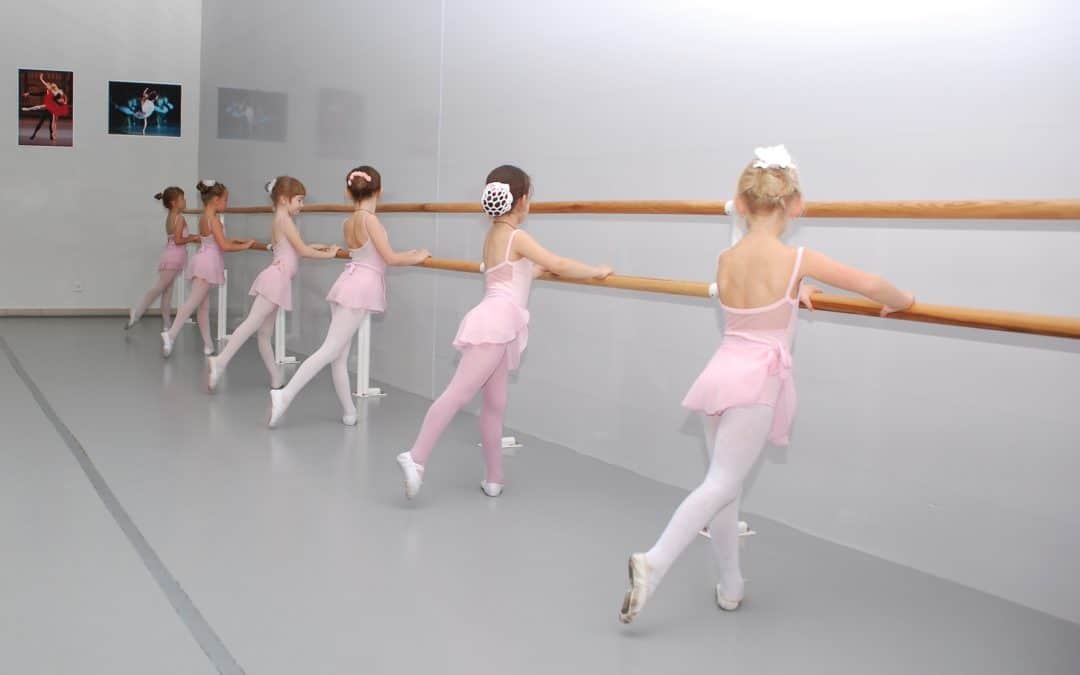In the world of performing arts, we often hear the phrase “practice makes perfect”, and although we know that perfection can never be completely acquired, we can get pretty close!
All dancers, young and old, inexperienced or advanced, can obtain many benefits by adding a practice time to their daily schedules; especially once dancers begin to learn choreography for upcoming winter concerts, spring and summer recitals, and competition season. In young dancers or less experienced dancers, practice can help to build confidence. Dancers that know their routines will feel much more at-ease when it is time to dance in front of an audience. Practicing outside of the studio, requires discipline, which helps to develop good habits. The discipline that is required to practice will roll over into other areas of a dancer’s life such as academics, sports, and other extra-curricular activities.
Building a practice schedule does not happen overnight. Some organization is required if you want to make it part of a daily or weekly routine.
Make Time
Set aside a specific time to practice. For a younger dancer, this may mean once or twice a week, as well as their scheduled class time. A more advanced dancer may want to set aside a time each day (perhaps after school) to stretch and practice specific steps and/or choreography.
Prepare a Practice Area
In order to practice movement and stretching in a safe manner, an open area should be made for the dancer. This area should be cleared of obtrusive furniture and anything that can get in the way of the dancers movements. The dancer will want to be sure that they have as few obstacles as possible to prevent injury and to be sure that they can concentrate on the task at hand.
No Interruptions/Time
Although it may be difficult, it is important that a dancer have as little interruption as possible. A quiet room or space without the distractions of a television, mobile device, computer, or siblings, will be quite helpful and allow the dancer to make the most of their practice time.
It also helps to set an alarm, to be sure that the dancer keeps the practice schedule consistent. Good practice habits are easier to develop if a dancer is allowed to practice uninterrupted, for a consistent amount of time every time.
Dress the Part
Dancers should be sure to wear either dance wear or comfortable, moveable clothing. Dressing the part will put the dancer in the correct mindset. Clothing can be tight and difficult to move in. In order for a dancer to be able to practice correctly, they should be in the correct dance wear.
Whether a dancer is young or old, beginner or advanced, he/she can develop beneficial practice habits that they can carry through their lifetime.


Recent Comments